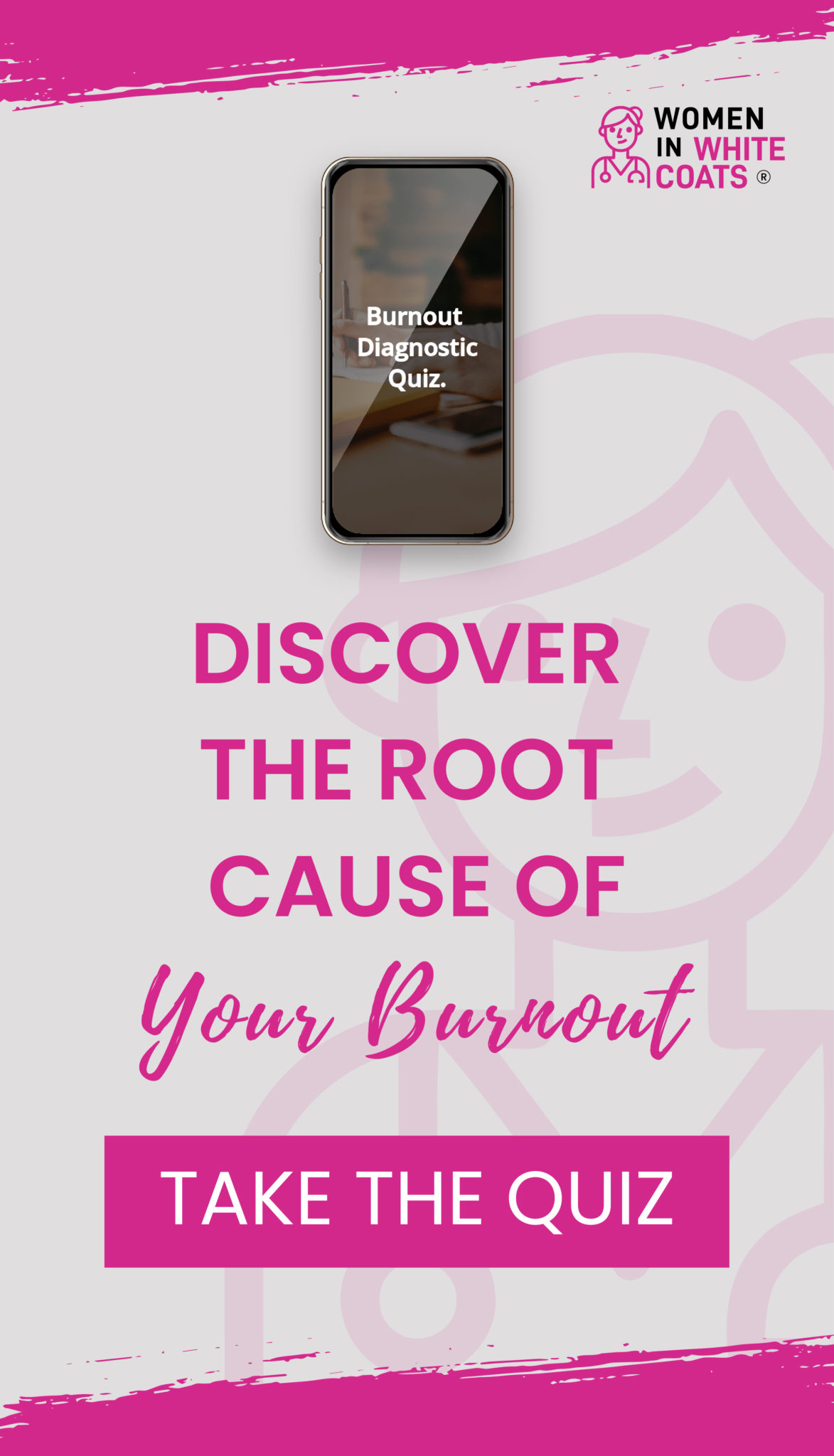I first learned of Dr. J. Marion Sims in 1986 during a gynecology lecture in my second year at the University Of Alabama, School Of Medicine.
As the inventor of the vaginal speculum, he was introduced to us as the “father of gynecology,” breaking norms of the medical community of his time, who considered the study of the female reproductive system “repugnant.” Sims also perfected a groundbreaking surgical technique in the 1840s, repairing a particularly nasty complication of obstructed childbirth–vesicovaginal fistula. The women afflicted with this condition were social pariahs, leaking and dribbling urine through their vaginas.
Because of the lack of access to maternal care, the female slave population was particularly vulnerable to vesicovaginal fistula. As the physician to plantations near his Montgomery, Alabama home, Sims first became aware of this condition when a slave woman was brought to him. He then sought out other patients with this condition to work out a surgical procedure to cure them. Working with about twelve different women over four years, Sims was eventually able to perfect the technique. Because his earliest attempts failed, he repeatedly operated on the same women before he succeeded.
This is the history we were told. Dr. J. Marion Sims was a hero of medical advancement.

In 2005, an article appeared in our local newspaper calling attention to complaints about a painting commissioned and displayed by my medical school while I was a student. The painting depicted Sims and other famous Alabama physicians surrounding a Black female patient. I was confused. These were our heroes! There were further complaints about depicting Dr. Sims, in particular, because he had operated on non-consenting slave women without anesthesia. I had not thought of it that way. It was not presented to us that way. I reasoned that he was merely a product of his time and place, and anesthesia was barely in use at that time. But I understood the optics this painting presented by depicting white men standing over a partially clothed Black woman.
The controversy surrounding Dr. Sims continued as his memorial statues were moved, removed, or destroyed in Alabama, South Carolina, and New York. As ethicists wrote articles and debated his work and legacy, my consciousness began to shift.
At the Legacy Museum in Montgomery, Alabama, in September 2019, I was again confronted with Dr. Sims. The museum traces the history of slavery, lynching, Jim Crow, the Civil Rights struggles, the “War on Drugs,” and mass incarceration. I was overwhelmed and deeply affected, overcome by my shared white guilt. Towards the exit, we were asked to consider a series of questions, one of which was, “Should we continue to honor Dr. J. Marion Sims?”
When I returned home, I began to read more about him, digging into his later life. I discovered that he was a proponent and practitioner of elective oophorectomy and even clitoridectomy of women deemed “unruly” by their husbands. This I could not abide! I realized that my white privilege was showing up. I had not seen him for the racist he was, but I was now all too aware of his misogyny. I realized that I had been insensitive about his attitudes toward slaves, but when my worth as an independent woman was questioned, I was incensed.
Was he the father of gynecology or a combination of racist misogynists? I think more of the latter!
Renee Brown Harmon, MD, resides in Birmingham, Alabama where she has recently retired from a twenty-nine-year career in family medicine. She is an author, speaker, and hiker. Her website is https://www.reneeharmon.com/, and she can be followed on Facebook @Renee Harmon, Author and Instagram @reneeharmon_writesness and Twitter at marionmccrarymd.





It is rattling to see in another light, someone whom we’ve only viewed atop a pedestal and I think we can all understand how that feels, so thank you for writing about it. Unfortunately, I think that hero worship sets us up for this. Critically examining history is complicated because we forget A) that those whom history deems heroes or villains are all mere mortals, subject to human failings and B) to drop the assumption that we would not be different in another time than we are now, and therefore, we judge the actions of our predecessors in our modern context because we have no understanding of the context of their time. We like to assume, for example, that if we were present for the atrocities of the holocaust, we would have stood up against the powers that be; However, if we are able to be really honest with ourselves, most of us would not have had that brand of courage in that time in history. There was a movie made about Schindler because he had uncommon courage. Another mistake we make when we retrospectively examine the actions of others, is we assume “good” or “bad” and neglect the fact that a single individual is capable of both in the course of a lifetime, because we humans are complicated creatures. As Aleksandr Solzhenitsyn said “The line separating good and evil passes not through states, nor between classes, nor between political parties either — but right through every human heart.” I think reflections like this one about Dr. Sims can be very valuable if we are willing to apply them to the here and now. We could ask ourselves, what are we, or even what am I, doing now that may one day be judged harshly by history and what can I do to change it. Another beautiful thing about this meditation is that it makes us kinder to ourselves and others, because it encourages us to get in touch with our humanity, something that is desperately needed right now. Thank you again for sharing this.
Thank you for this opinion on the matter! Well said!
Yes, thank you. We prefer to sort and classify with simple labels, but reality requires nuance. Dr. Sims is an example of this, as is our present attitude towards famous artists. Folks like Michael Jackson, Kanye West, or Kevin Spacey may fall terribly short as human beings, but their artistic genius cannot be denied. So are how are we to label them?
Hello ~
I am a retired Obstetrician Gynecologist, African American, and while we can certainly judge physicians within the context of their era, one must also reckon with the harm and collective trauma caused by even those who also contributed to “moving their specialty forward”. There is no doubt that physicians like Dr Sims contributed to the mistrust black Americans still have of the healthcare system~ Many of my own family members, despite having my physician spouse and myself to lean on, mistrust doctors, their motives and their advice. Lastly I should state that I was born and raised in Tuskegee, Alabama in the 50’s~ need I say more? The atrocious behavior of physicians toward “the enslaved AND formerly enslaved” still haunts our collective psyche today. One need only look at the rate of Covid vaccination, even among the educated blacks. So I will end by saying that the maliciousness (yes even then operating on enslaved women repeatedly without anesthesia was horrific), and other vile acts committed by physicians whose purported purpose was to heal~ these acts still haunt successive generations of those illegally enslaved Africans!
Great comment!
We have all been led down the critical path of lies. The greatest consolation of this path is the factual reality that in due time truth is revealed.
Sometimes we are shocked by the realization as in the case of Dr. Sims, that many were treated differently and without human dignity due to racism. During his time, from historical review,
Dr. Sims and many others like him held the view that African Americans in general and especially African American women were of low intellect and therefore were incapable of having feelings equal to white people. He and others like him used this falsehood to justify the use, for example, of a shoemaker’s tool to pry African American children’s bones apart and loosen their skulls for examination, also performed without anesthesia.
Under the same false doctrine popularly held during that time period is one of the reasons that for centuries African Americans were considered to be too ignorant to become physicians. This same belief prevented African American physicians from obtaining membership in the American Medical Association, American Society of Surgeons and the American Association of Obstetrics and Gynecology for example. Through time, however, that lie has been erased as African Americans are now active members of these and other medical organizations in which we have and continue to fight to make a difference. With truth there is also power through which lies are uncovered and destroyed. It is paramount that such historical atrocities as these are never forgotten.
Clear historical messages-Dr Sims progressed a world wide used gynecological procedure. Is he a great man ? DrSims was never called “the father of Gynecology in Texas programs,he was noted historically for the procedure.
It is a shame you feel white guilt.Look upward progress.
Viewing the 19th century from the 21st century treacherous